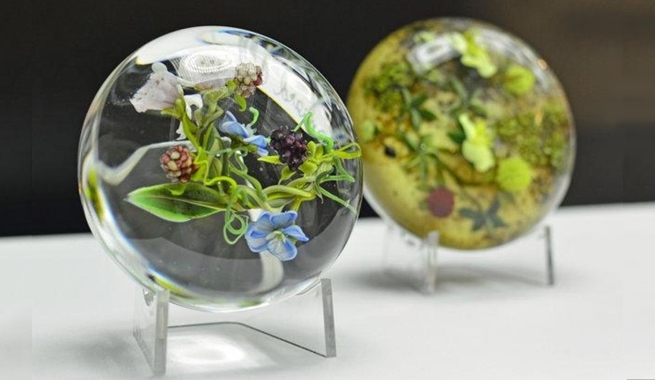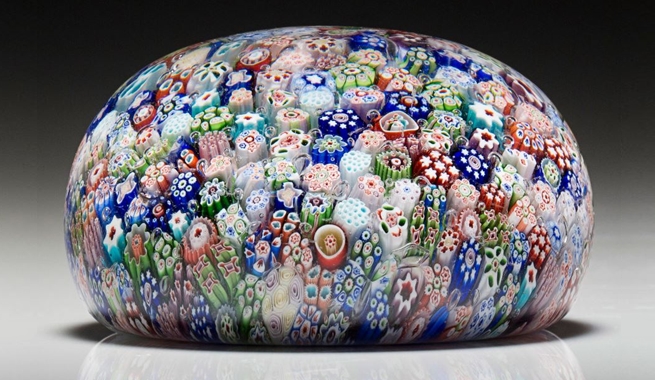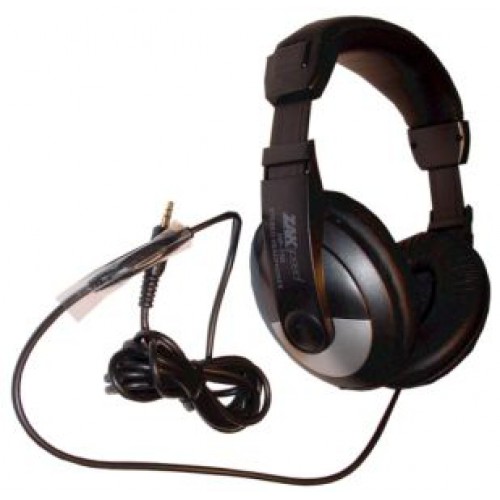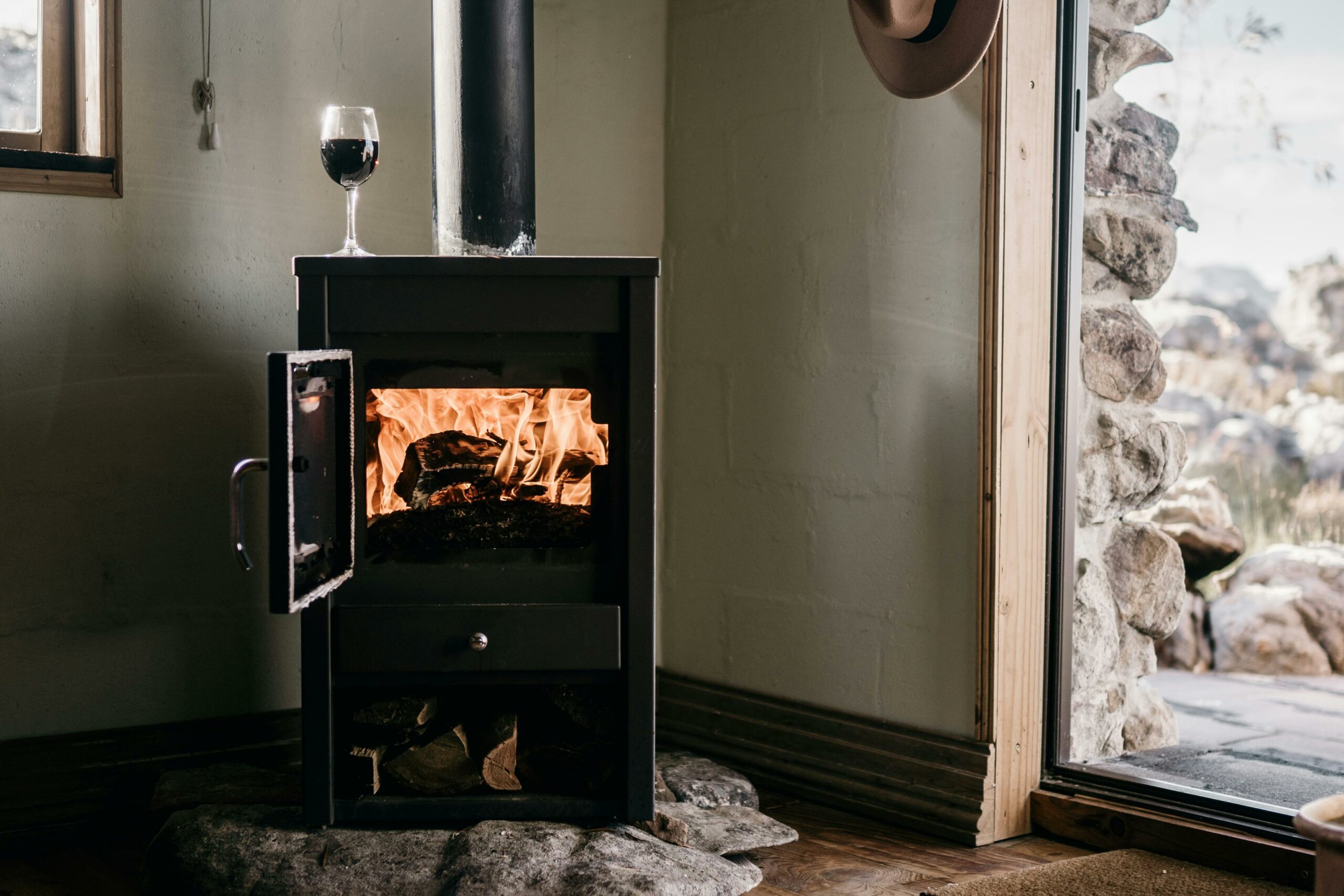A glass paperweight is a solid object with a flattened base, originally made to hold down papers. The best paperweights are a wonder of design and workmanship. They are recognised as works of art.
Paperweights made entirely of glass were first manufactured in the mid-19th century in Venice, Bohemia and France. The most beautiful glass paperweights were produced between 1845 and 1860 in France. Collectors say that only about 20,000 to 50,000 of them remain today, and many are housed in museums.

As suddenly as they became popular, glass paperweights went out of favour. By 1860 the production practically came to an end. There was a brief revival in 1878, when one French factory produced some exquisite pieces, which are now extremely rare and much sought after.
Almost as soon as the production of glass paperweights ceased, collecting took off. The first collectors were members of the European aristocracy and royalty, which is quite surprising when one bears in mind that weights were relatively inexpensive at the time.
Thanks to the persistence of several artists who in the 1950s decided to rediscover the secrets of this form of art, glass paperweights became popular again and accessible to collectors of modest means. The finest modern weights command top prices, but a quality collection can be formed at a reasonable cost. Just browse through the glass paperweights offered on bidorbuy and find the ones that are within your budget.
Before you go on the quest for your future collection, here are a few basic facts to help you find your way in the fascinating world of glass paperweights.

The type: There are two primary techniques that are used to make a fine paperweight. Millefiori weights (Italian for thousand flowers) are made by encasing sliced colourful glass canes. Lampwork technique involves shaping melted coloured glass into plants, fruit, or animals. Contemporary techniques also include macedoine, swirls, marbries, and crowns.
The design: Collectors need to train their eyes to recognise the beauty of a paperweight. Nicely centred design, good colour and pleasing arrangement of forms and motifs are all important.
The size: The width of most weights is about 6 to 8 centimetres. Miniature weights are under 5 cm, while magnum weights are at least 9 cm wide. The size of the glass dome is also important; the bigger the dome, the greater the magnification of the design within.

The workmanship: All true glass paperweight manufacturers put their output through rigorous quality control. Poor or faulty workmanship shows up in a weight as an imperfection, such as big, unintentional air-bubbles or pieces of kiln debris. Modern weights are nearly flawless due to cleaner materials and better equipment.
The condition: Pristine condition is always preferable, but a few scratches and minor nicks can be forgiven if there is enough glass in the dome to polish them out. However, the polishing should be done by a professional.
You can base your glass paperweights collection on style, theme, colour, technique, or maker. Whichever approach you take, the key to developing a good collection is knowledge, patience, and – above all – the delight it brings you.









